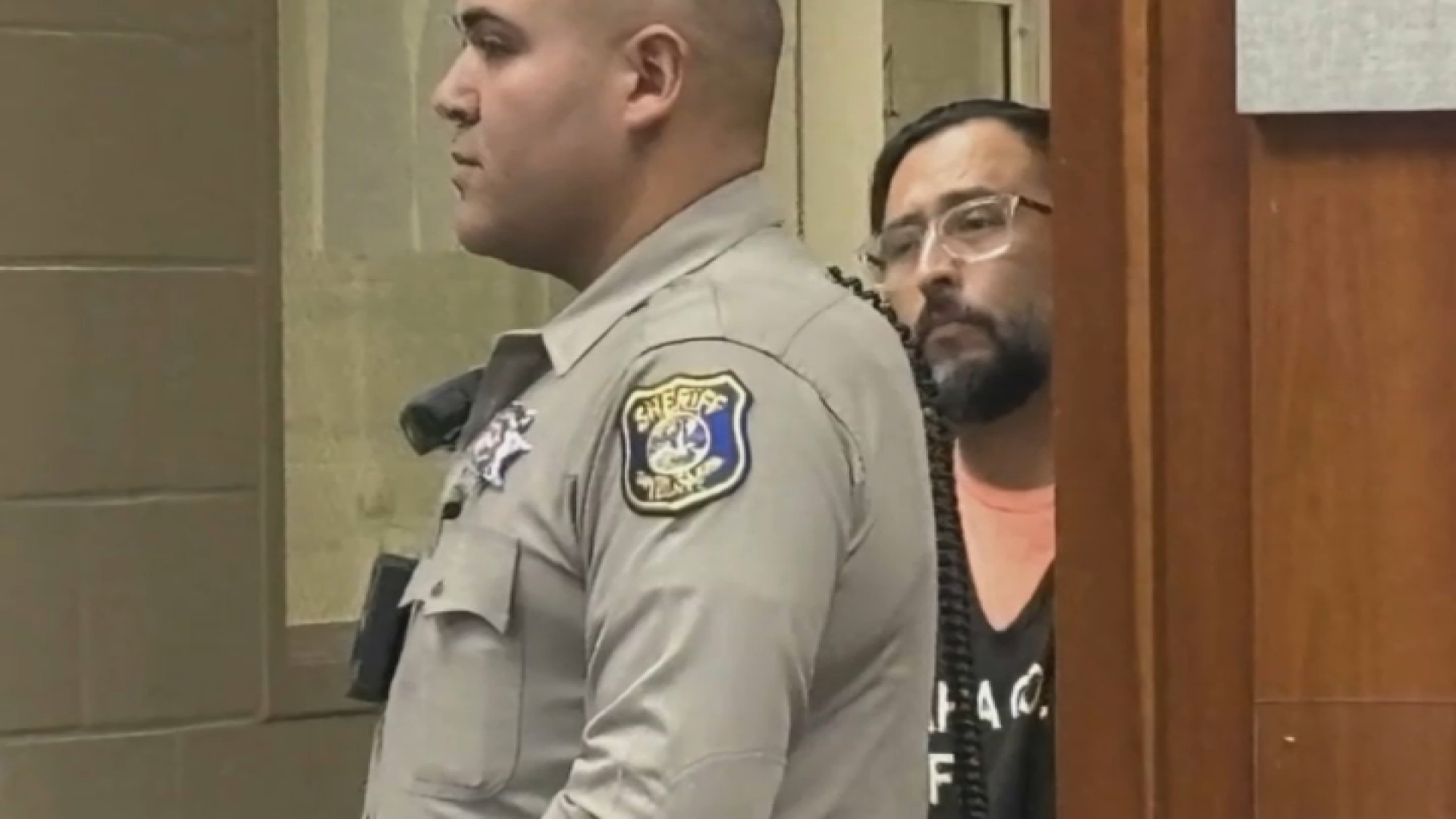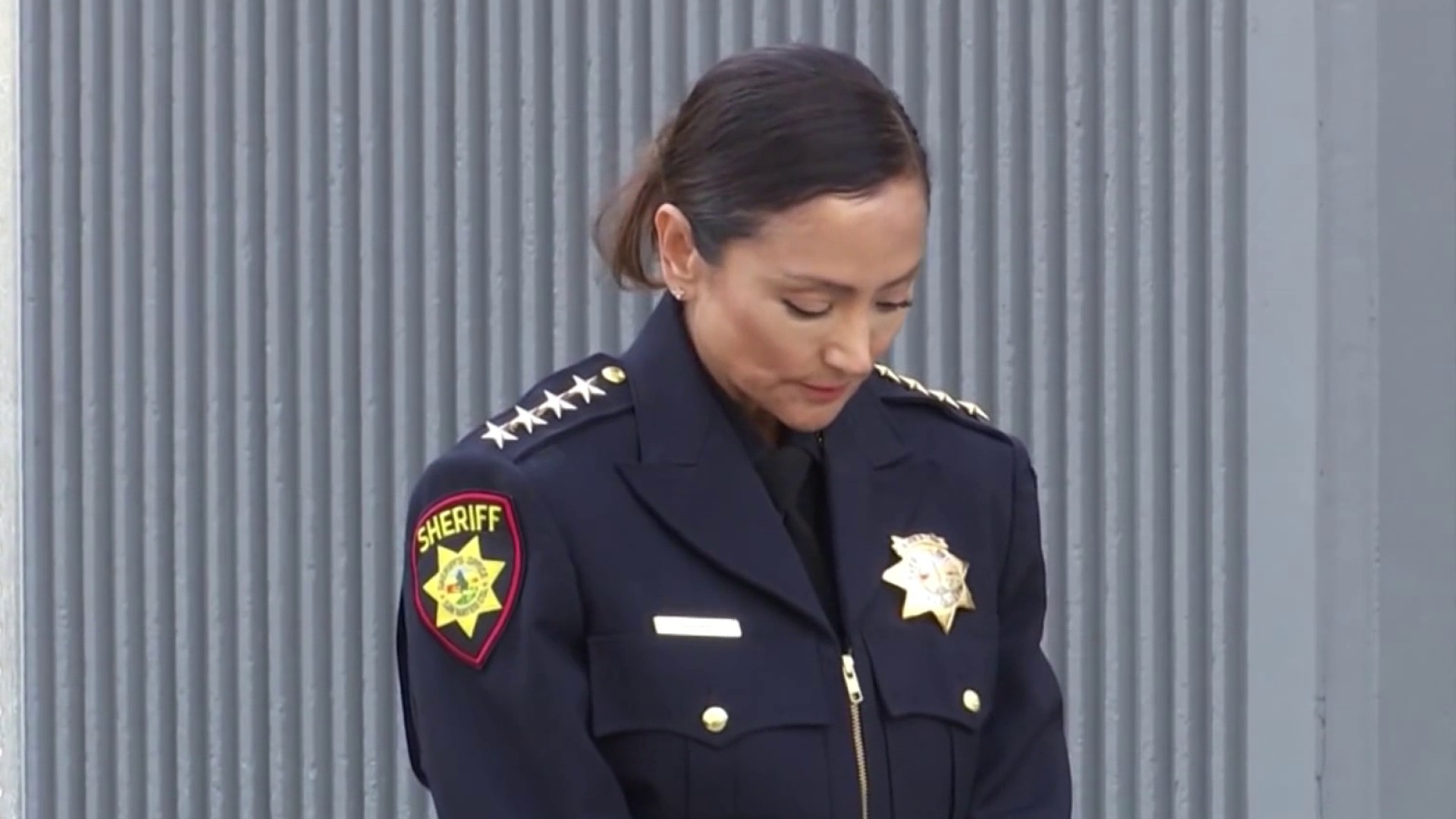Plans to open the new eastern span of the San Francisco-Oakland Bay Bridge as scheduled on Labor Day got a boost from federal officials, though officially, there has been no change regarding the postponed opening date of the bridge.
"They support our ideas but we have made no decision on when we're opening the bridge," Bay Bridge spokesman Andrew Gordon told NBC Bay Area Tuesday morning.
What's sparking the possibility of the Bay Bridge opening by Labor Day is an Aug. 9 letter, (pdf), where the Federal Highway Administration signed off on a temporary fix - inserting some steel plates - for cracked seismic safety bolts - on the span. The approval stated it was okay to open the bridge with this temporary fix in place before a permanent fix could be built. When that would occur was not stated.
"As such, we see no reason to delay opening the bridge to traffic prior to the shear key retrofit being completed," wrote Highway Administration Division Administrator Vincent Mammano in an Aug. 9 letter to Steve Heminger, head of the Toll Bridge Program Oversight Committee.
Despite the nod of approval, Gordon told NBC Bay Area there has been no vote on whether to open the new eastern span of the Bay Bridge by Labor Day, as was originally intended.
Gordon did acknowledge, however, that there have been some "preliminary" discussions on whether a Labor Day opening would be possible.
The toll bridge oversight committee will hold a public meeting Thursday. The date of the Bay Bridge opening is scheduled to be announced then.
Local
As it stands, the last official vote from the Metropolitan Transportation Commission came on July 8, when the commission decided that the eastern span of the bridge would not be open on Labor Day.
In the meantime, the California Highway Patrol told the Mercury News that the agency is signing up officers to work extra overtime shifts if indeed the bridge needs to be shut down on Aug. 28 and reopened by Sept. 3.
The temporary fix involves installing steel plates in the area of the broken bolts to help prevent movement during an earthquake. The cracked bolts have derailed the opening of the eastern span and led to millions of dollars in cost overruns on the $6.4 billion project.
The existing bridge, built in the 1930s, is not considered earthquake-safe, and years of cost overruns and construction and design delays have plagued the new project.
The current problems started in March, when 32 of the 17-foot-long bolts that secure earthquake shock absorbers to the deck of the bridge were tightened.
Tests found that hydrogen had infected the bolts, which were also made of poor quality steel, making them brittle. When tightened to high tension, the brittleness gave way, causing the cracks.
The permanent repair is a steel saddle that would replace the clinching function of the failed bolts.
The Associated Press contributed to this report.



